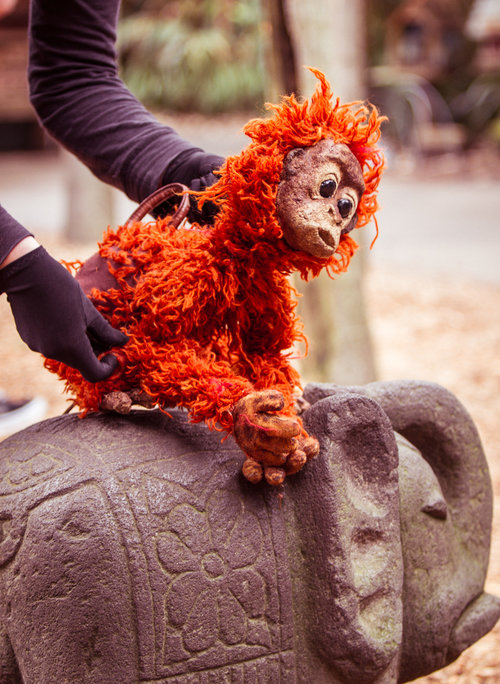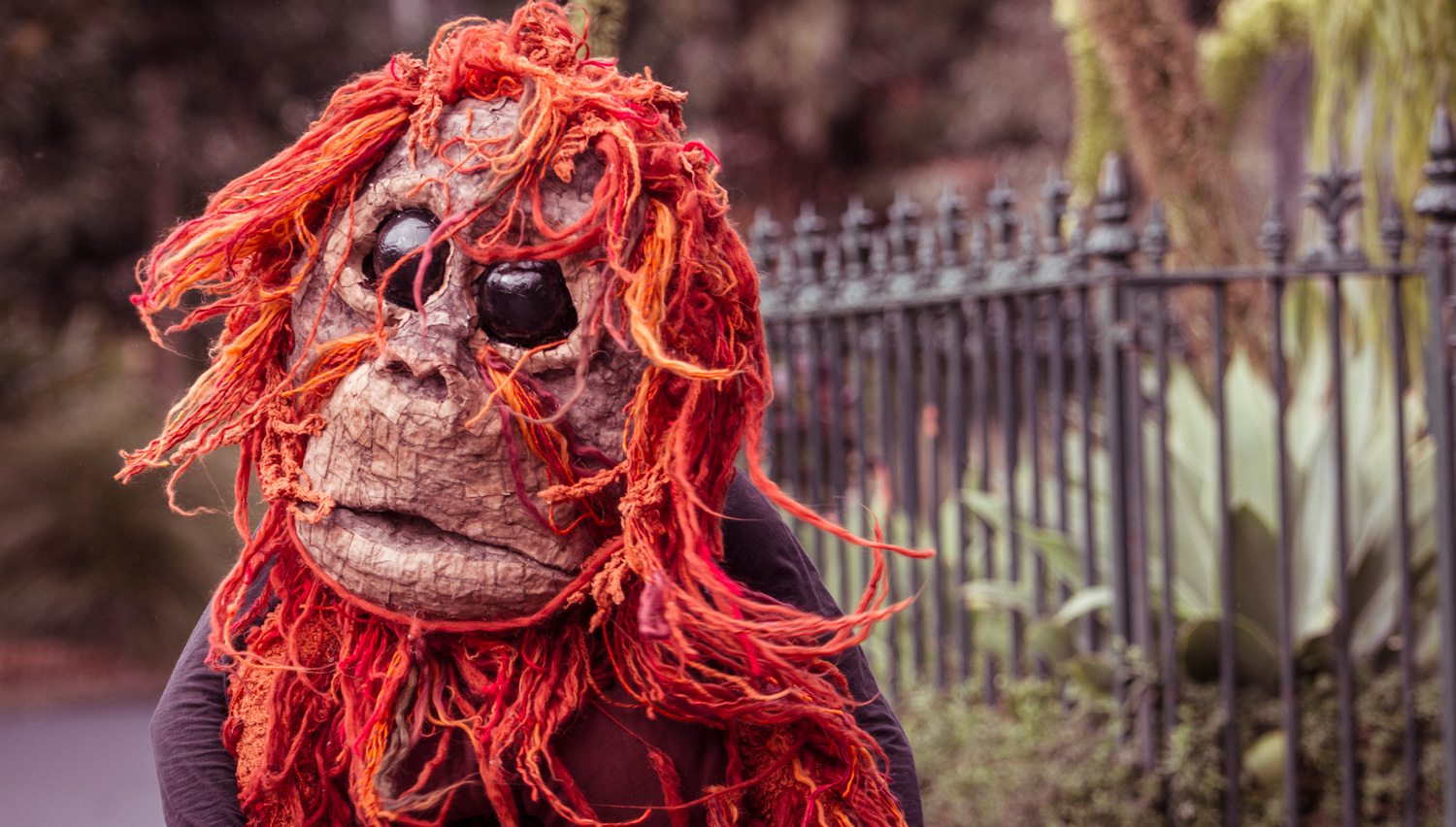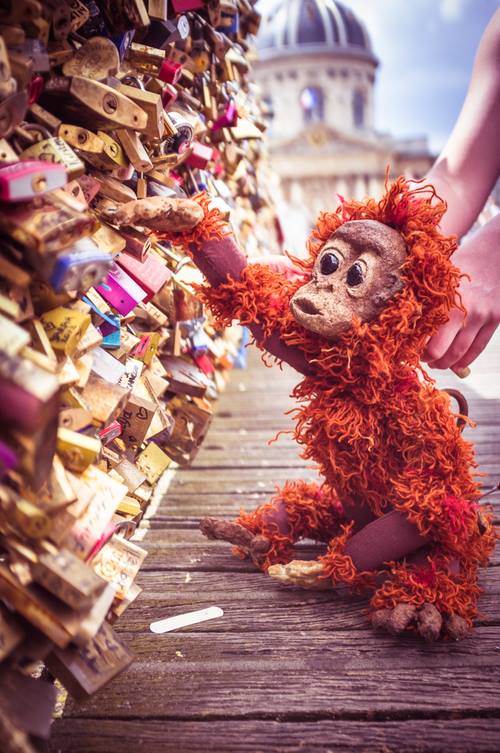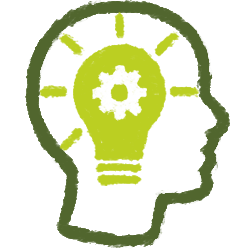Henri Orangutan
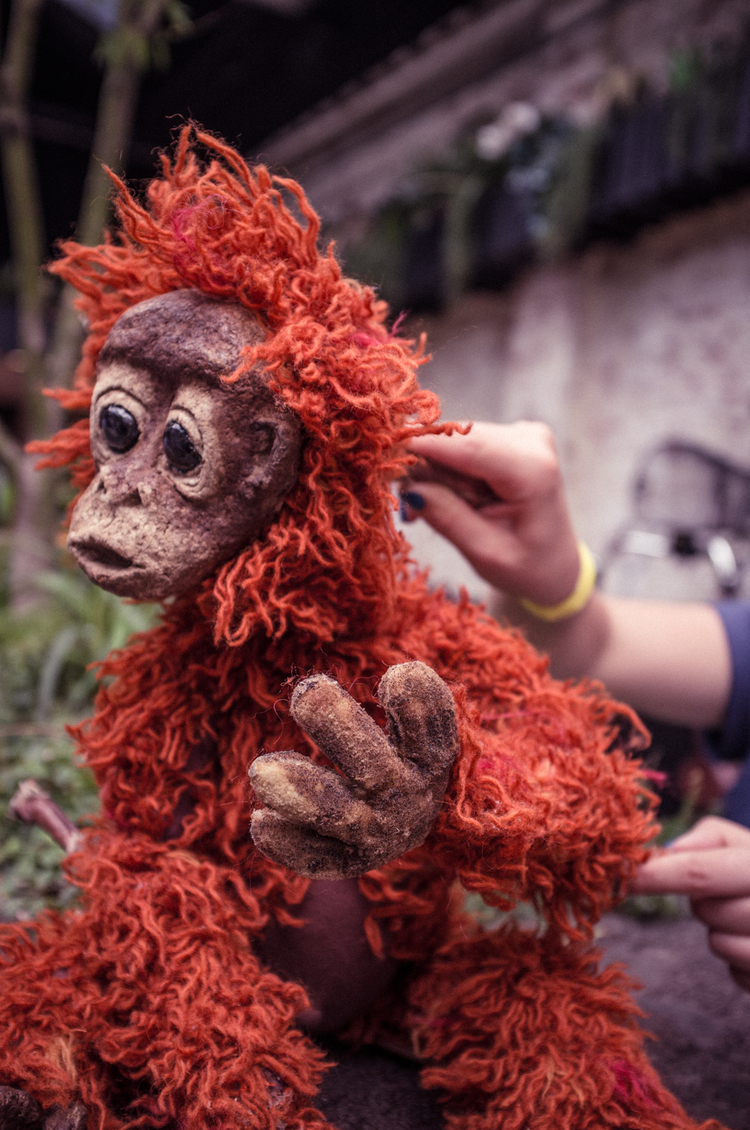
Packing foam, wire, bamboo, fabric, thread, plastic straws, pillow stuffing, papier mache, curtain cable, coffee, cardboard, wool, nail polish, glue and an old vinyl hand bag… From these ingredients a little monkey was born. This is his story. With the help and advice of my marvelous tutors at the London School of Puppetry: Chris Wylie, Ken Haines, Kate James-Moore and Caroline Astell-Burt, Henri Orangutan is finally, FINALLY ready for his debut!
A journey that has lasted over three months, Henri has been a fantastic challenge for me. In fact, this is the third blog post in which he has featured! For a more detailed look at this puppet’s early construction see Modeling, Mould Making and Casting with Chris Wylie and Ken Haines Table-Top Workshop. These post’s look at Henri’s beginnings and my own development learning from these two incredibly wise puppet makers.
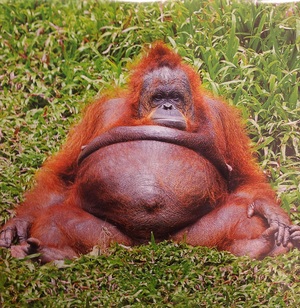
Why an orangutan? You may well ask. Inspiration comes in all sorts of forms, sometimes when you are least expecting it. Over the winter I worked at a little greeting card store in Covent Garden “Scribbler”, and it was here I met Henri’s mum. Though the card was meant to be funny, it affected me in a different way; I saw a big pregnant lady orangutan and I thought she was so beautiful. I instantly wanted to make a puppet of her! For my upcoming rod module perhaps? No, she would be too big… and how on earth would I get her back to Oz?! It would have to be something smaller. A mini? No. A baby? A baby orangutan. Her baby! I was sold.
It was with this idea in mind that I attended the two workshops mentioned above, crafting a model and mould of Henri’s face with Chris Wylie and then working on the construction and functionality of the body with Ken Haines. A special mention must also go to Adrian Luck, my neighbor in London and very talented artist: After experimenting with various types of papier mache pulp, I was having trouble finding the desired texture for Henri’s face. I wanted something quite rough and somehow every recipe I tried was far too smooth. Adrian taught me his own unique method; something he has developed over many years and a lot of trial and error, he insisted that it is not a recipe but a technique. Working with Adrian, we cast Henri’s face using Adrian’s pulp, and not only was it the perfect texture, but also incredibly strong and durable! You can hit it with a hammer and it will not budge! If you are interested in knowing more about this technique, feel free to get in touch via the Contact page.
Coming out of Ken Haines workshop, Henri was about 60% complete. He needed quite a bit of attention aesthetically, but was almost entirely functional… except for one thing, or more technically two. A challenge I set for myself, inspired by a masterclass I attended with Mark Pitman on Joints and Mechanisms (see Mark Pitman Masterclass), I decided I wanted Henri to have gripping hands. This has been quite a saga, and now with about version number six attached at his wrists, I have had to conclude that I will not reach perfection without driving myself mad. They do function quite well in fact, allowing him to handle props really nicely. Through rehearsal and development for his solo show we discovered that he in fact has the dexterity and strength to write! A very exciting revelation, this nifty trick does feature in his show.
This brings me to the performance aspect of Henri’s journey (though the making did not end there!). Working with LSP tutors Caroline Astell-Burt and Kate James Moore, myself and two fellow students undertook one week of intensive rod training, looking at many different styles of rod puppet and learning the principles behind this very broad form. A rod puppet is defined by… you guessed it, being operated by rods and so covers a wide variety of puppets. We played with the very large and the very small, often working in a group of two or three to manipulate one character. It really was an incredible week in which I learned so much, grew so much and came out feeling very inspired. See the Gallery for more photo’s of this week. We also had the opportunity to workshop our own characters, discovering their movement, how they are best operated, what they are good at and maybe not so good at.
Working with Kate, we discovered that Henri’s strength lies in his eyes as well as his prop handling abilities. He has a very intense gaze and when the eye line is correct he can effect people quite dramatically. He is very mildly cross eyed giving him a really strong sense of focus, so not only can he look in to the audience’s eyes, but he can direct their attention very clearly to whatever he is looking at. A curious baby monkey, his show began to grow around him discovering foreign objects (foreign to him anyway). The theme for our rod module is “dinner” as we will be performing at a dinner spectacular at a festival in France in late July. We will move around from table to table, performing for the dinner guests. The time limit is three minutes and so it was important to make clear choices. As Henri is so good at handling props, originally he had many… a cup, a plate, a fork, a knife, a spoon, a napkin, a pencil, a straw! They were all really lovely and he could do some fun things with them, but in three minutes… too much… ah much too much. We then had to narrow it down, what were the most effective props? He now essentially plays with a napkin and a pencil, though there are some others present in the scene. Kate’s input throughout this process was invaluable; with a vast knowledge of puppetry conventions and a keen outside eye, she really helped me discover Henri’s capabilities.
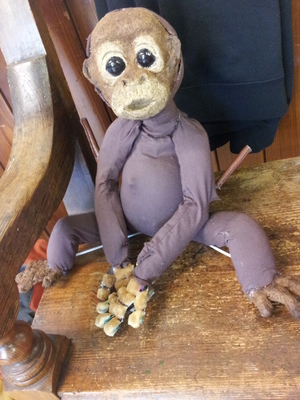
Through this week of performance training I had little time for making and so Henri remained a bald little monkey. Though he was very sweet as he was, dressed in what looked like a neat little onesie, I had my heart set on him being an orangutan… and that would require some orange. I trialed a few different options, needle felting wool tops, frayed orange string, fur, feathers, but nothing seemed to suit. The string was too wiry, not cute enough for my baby, but the fur, wool tops and feathers were almost too cute! Too fluffy and bright, not fitting for his almost rustic style. The feathers did give a lovely movement which I liked, something I will certainly employ for future endeavors. Finally, rummaging through the LSP workshop, I discovered a tangle of old wool, a thick browney orange which when pulled apart looked quite wiry but still soft. I had found my solution! Though I am very happy with the result, this decision haunted me through the process, sewing short strands on three at a time. Hours upon hours of sewing on hair.
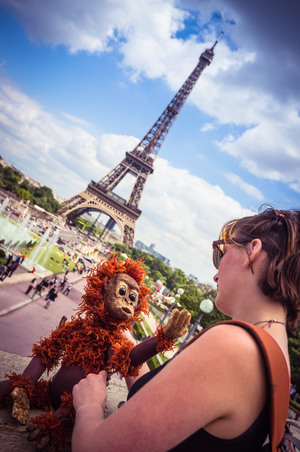
photo by tedadair.com
In the midst of this process, I had planned a long weekend away with some friends to Paris. Well of course Henri came along… for one thing, I needed to keep sewing on hair if I was ever going to finish, and also… France is Henri’s home land! He must visit Paris before I whisk him back to Australia. My boyfriend asked “Why is he French? Just because you say he is?”… My response “Yes, exactly! Because I say so!”. Henri had a lovely time in Paris, though still half naked, he was incredibly popular with the locals and tourists alike. He even bumped in to another puppet on the Pont des Arts (you know that bridge with all of the love padlocks?). A beautiful lady rod puppet, Henri could not resist the chance to interact, and he was not disappointed attracting quite a bit of attention from passers by and even receiving a kiss from his new friend.
Now working intensively on my glove module, Henri has had to take a back seat, though I was still frantically sewing on hair in any and every spare moment! Finalizing everything only days ago, I was so incredibly excited to see him finished, though I dared not tell anyone for fear that some other issue may arise! Today I have a day off and so am taking the time to tell you Henri’s story and also get back to some rehearsing with him and also with my beloved Astrid. Both Astrid and Henri will make their debut at LSP’s upcoming event “Living Room Theatre”, July 8. A free event show casing some wonderful student work. Following this, Henri will return to France for two weeks to perform in The 5th Annual “Festival de Marionettes” in Le Poet Laval, my final assessment before graduating from LSP at the end of July. Eek!

audio podcast is with puppeteer Jhess Knight. Jhess is a Melbourne-based puppeteer and puppet maker or “puppet-smith”. Trained at the London School of Puppetry, Jhess has a wide skill base, making and operating various styles such as marionettes, shadow, glove, rod… and even giant festival puppets. I ask Jhess about her puppet making process and she talks about how coffee and tea come in handy… listen to find out how.
The Puppet Smithery, Australia
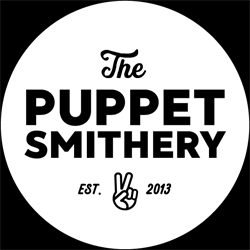
PROFILE
The Puppetsmithery is a Melbourne-based company that creates unique, custom puppetry experiences. Highly skilled in both puppet construction and performance, our team can help you to achieve your vision from the ground up.
The Puppetsmithery was founded by Jhess Knight. A talented and experienced puppeteer and puppetsmith, Jhess trained at the London School of Puppetry, and has worked in the industry for many years. Since the company was established in 2013, we have grown significantly and are very proud to employ an amazing team of artists.
Main Research Source
- Henri's Journey - Rod Puppetry at LSP - The Puppet Smithery (27/06/2014)
- The Puppet Smithery - Gallery
- Thing Making Podcast-Jhess Knight - Lynne Kent(30/03/2016)
Notes of the description of the making of Henri from the podcast;
Was made over several months, under different tutors. His face isn’t symmetrical.
>Face was modelled out of monster clay
Used by creature designers and monster makers across the globe, Monster Clay Premium Grade Modeling Clay is a re-usable professional oil/wax based sculpting medium featuring a super smooth, low tack, low melting temperature formulation. Monster clay is non-toxic and sulfur free, can be used with platinum silicone molding compounds, and can be re-used and re-melted indefinitely. Much like taffy, Monster Clay exhibits a unique elastic quality when warm. Monster clay melts easily to a pourable consistency and is great for making copies of life casts where changes are needed.
>Silicon mould of clay model
>Paper mache pulp was too smooth. Used recipe of cardboard and paper (looks like corkboard);
- Shredded and soaked in tea for three days, sieve all out water
- Add wallpaper paste
- Baked in mould in the oven
>Body is made from stereo polystrene foam packaging, joints old elastic
>Fur is old yarn sewn on
>Sitting is 30-40 cm
>Rod on back of head, handle on his back, rods from elbow, hands grip
>Operated by one or two people
>Can jump and run, sit and pick things up
>Eyes – nail polish (pulp then filler sanded back)
>Face is stained with coffee – he smells of coffee a few years later!

